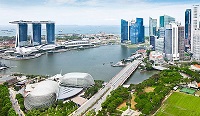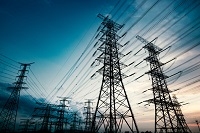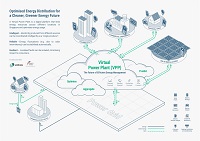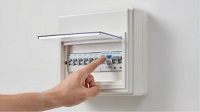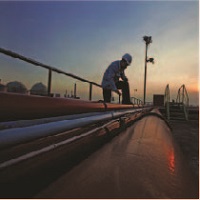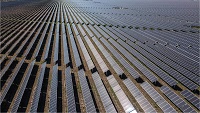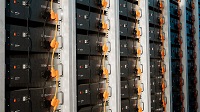For more information, please refer to:
The Government has approved Tuas Power’s proposal to build a new biomass-coal multi-utilities complex (MUC) at the Tembusu cluster on Jurong Island. The MUC will provide services and utilities such as steam, chilled water and electricity catered predominantly for industrial use.
With its attendant economies of scale, the MUC will help to provide competitively-priced utilities for the chemicals sector, which is a significant contributor to growth and jobs. It will use a small quantity of coal as the gas needed to support the project may not be available by the time the chemical companies start their operations in 2011. In addition, biomass and coal prices are not explicitly tied to oil prices, and the diversification of feedstock for steam production beyond natural gas will serve as a hedge against rising oil prices. The Government is satisfied that the measures taken by Tuas Power for the MUC will strike a balance between the need to ensure Singapore’s cost competitiveness and to maintain environmental sustainability.
Maintaining environmental sustainability
Despite being a small country, Singapore has been a responsible user of energy. Today, about 80 per cent of Singapore’s electricity is generated from natural gas, the cleanest available fossil fuel.
To maintain this track record, Tuas Power is undertaking measures to ensure that environmental sustainability is not compromised with the development of the MUC. Tuas Power has committed to the use of low-sulphur and low-ash coal, which will substantially reduce the emissions of sulphur dioxide (SO2) and the amount of waste (i.e. solid ash) generated. In addition, the increased efficiencies of co-generation[1] and the use of biomass will help to reduce carbon emissions of the MUC. Overall, the Tuas MUC meets the National Environment Agency’s environmental standards, assessed according to factors like the quantity of solid waste disposed, and emissions of air pollutants like SO2 and particulate matter.
No coal for power generation until LNG demand stabilises
The Government decided in 2006 to import Liquefied Natural Gas (LNG) and build an LNG terminal. This is of strategic importance to Singapore as it will enhance our energy security by diversifying our sources of natural gas. At the same time, the Government introduced a gas import control policy on piped natural gas used for commercial power generation. The objective was to ensure sufficient long-term demand for LNG and reduce investment risks to the LNG terminal owner and the importer of LNG.
For this reason, the Government has decided not to use coal for power generation solely or on a large scale, until the demand for LNG stabilises. We will not allow any entry of coal to adversely affect and jeopardise the viability of the LNG project.
[1] Co-generation refers to the simultaneous generation of both electricity and recoverable heat, and can achieve higher efficiencies and greater energy savings compared to the separate production of electricity from conventional power stations and of heat from boilers.
About Energy Market Authority (EMA)
EMA was established in the 2001 to forge a secure, long-term electricity industry that thrives on healthy competition. New market structures have been created to promote competition in the electricity and piped gas industries. EMA will also continue to promote cost competitive outcomes for consumers by ensuring a level playing field for competition within the electricity and piped gas industries.
